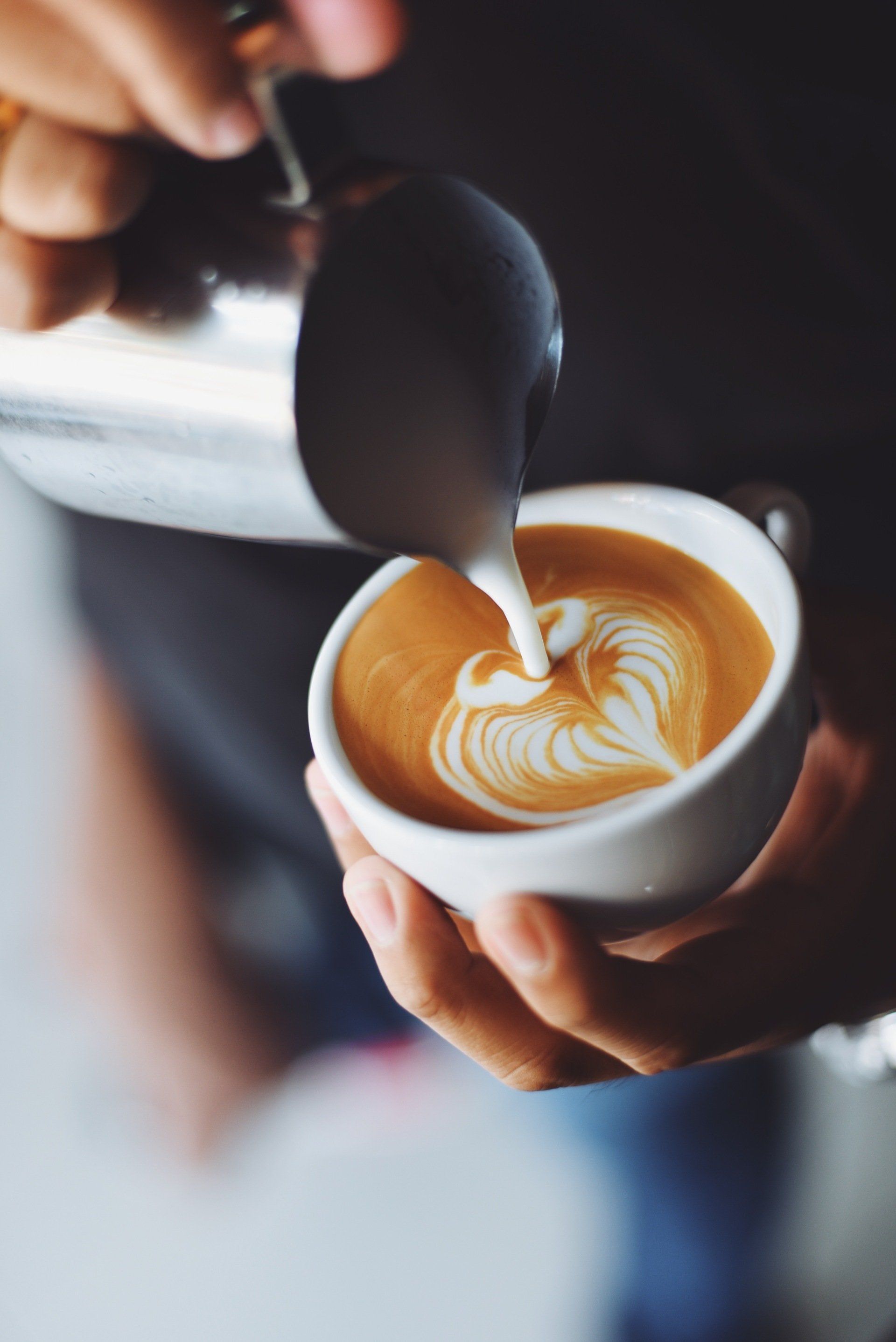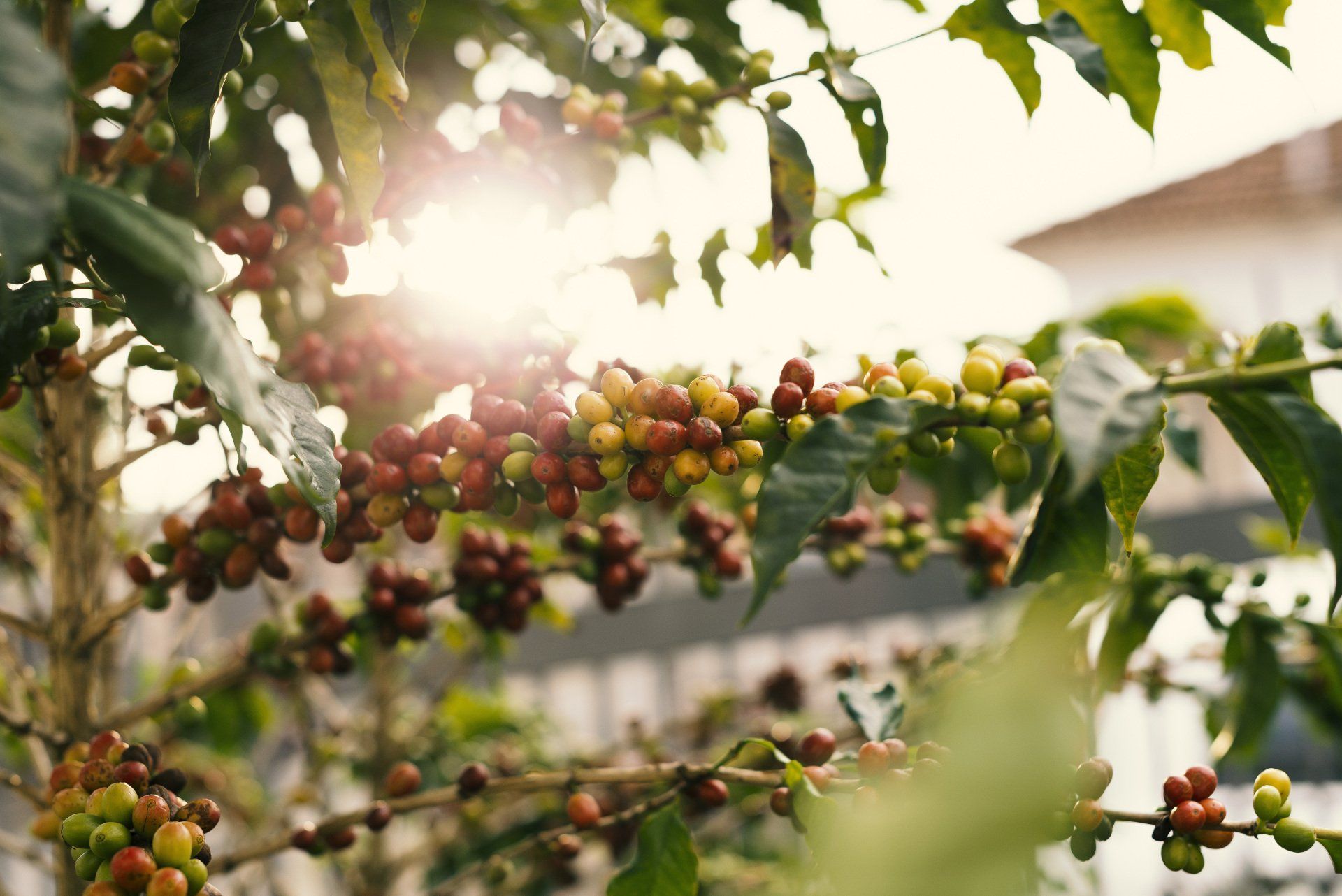The Fascinating Coffee Bean Roasting Process
The Fascinating Coffee Bean Roasting Process
Coffee is much more than just a beverage. It embodies the art of preparation, the history of cultures, and the diverse flavors of an entire world. One of the crucial steps in transforming green coffee beans into a delightful cup of coffee is roasting. In this article, we'll delve into the fascinating process of coffee bean roasting, a stage that turns these beans into a true aromatic masterpiece.
Selecting the Beans
It all starts with the careful selection of green coffee beans. Coffee experts search for top-quality beans from various regions worldwide, each bringing its own flavor and character. The choice of beans is essential in creating the desired flavor profile.
Preheating
The roasting process begins with preheating the oven. Green coffee beans are placed in a roasting machine, where they are exposed to high heat. Preheating prepares the beans for roasting, giving them a straw-yellow color.
First Crack: Light Roasting
During the first phase of roasting, the beans go through what's known as the first crack, or light roasting. At this stage, the beans start to brown and develop their characteristic aromas. This is where subtle and floral notes are formed.
Second Crack: Medium Roasting
After the first crack, the beans enter the medium roasting phase. This is where flavors become more pronounced, with hints of nuts and caramel. The coffee takes on a darker hue as natural oils are released from the beans.
Third Crack: Dark Roasting
The final stage of roasting is the third crack, or dark roasting. This is where the beans reach their darkest, nearly black, color. At this stage, the coffee has a bold and intense flavor, with notes of dark chocolate and roasted hazelnuts.
Cooling and Packaging
After roasting, the beans are rapidly cooled to halt the cooking process. Then, they are sealed in bags to preserve their freshness. Freshness is crucial to ensure that the coffee's aromas remain intact when you brew it.
The coffee bean roasting process is a blend of art and science. Each roaster has their own method and style, giving rise to a wide variety of coffee flavor profiles. The next time you enjoy a cup of freshly roasted coffee, take a moment to appreciate the meticulous work behind each sip. It's a sensory journey that begins with the roasting of coffee beans.
SHARE POST:
Leave a Comment:
Our Recent Post:







